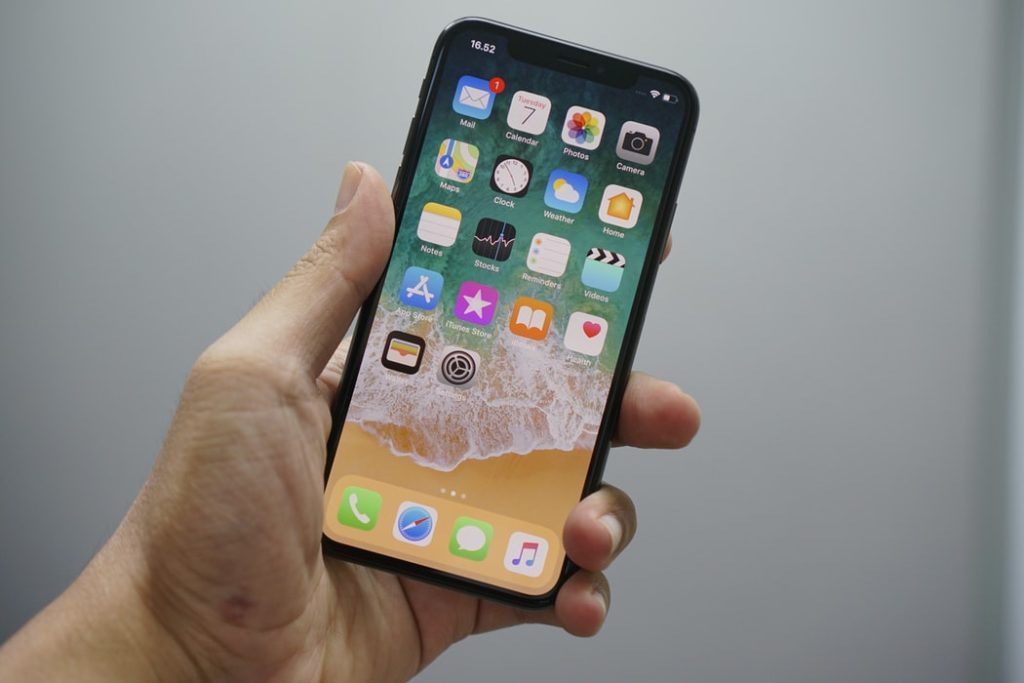by Kevin Susman, VP of Brand & Communications, MATRIXX Software
In our increasingly mobile-first world, the app is both the POS (point-of-sale) system and the customer support channel. Digital transformation is supposed to succeed by incenting customers to engage with digital channels. For many companies, however, lack of app engagement is a huge problem, especially when driving users to the new app was a key objective of the company’s digital transformation efforts. When it doesn’t work, the brand has a problem.
I’ve seen how many companies, when making their digital transformation plans, will study the growth of disruptors like Revolut and Warby Parker and come to a seemingly obvious conclusion – if those brands, lacking any brand awareness at all, launched new digital products and services, imagine what a powerhouse brand like ours can accomplish.
I call it the Field of Dreams fallacy – just like in the movie, these companies believed that, if they built it (an app), the customers would come. Except things didn’t work out as planned. They (the company) did build it, and they (the customers) didn’t come. The question I get asked is why?
Analog thinking
In mature, analog companies, there is a tendency to organise the customer-facing sides of the business around key moments in the user’s journey (product, acquisition and service). Humour me while I remind you that product people are tasked with developing the killer use cases, marketing is tasked with the campaigns that will bring them into the shops, and then customer service deals with the problems and keeps consumers from leaving. How well the teams work together is irrelevant. What matters is that there’s an established lifecycle that both the company and the customers have become acclimated to. With very few exceptions, people don’t like change.
That established lifecycle is one of the key reasons no one is using their app in the first place. With very few exceptions, the analog companies I help have substituted their long-standing analog touchpoints for digital ones. In other words, they’re treating digital journeys the same as they would analog ones. As a result, the problem isn’t with the use cases or design, though sometimes those are elements of the problem. Instead, the problem is at the brand’s strategy level, because they’re applying the same thinking they’re trying to leave behind.
Remember, the whole point of the digital transformation wasn’t to get people to use the app. It was to transform the customer relationship by expanding the number and type of available touchpoints in order to unlock new revenue and growth. The whole point of the exercise was to scramble the customer lifecycle. The app was just supposed to be the portal through which that new lifecycle was delivered. Yet too many analog companies have not embraced this for themselves. They haven’t built a digital product. Instead, they’ve invested in developing an app to replace their store for onboarding, and a chatbot to replace the call center. In short, they’ve treated the app as a channel. In the process, they’ve completely failed to convince their customers why it should matter to them.
Where’s the value?
An app alone does not deliver the compelling experience the brand so desperately needs. Nor does it deliver the value proposition that is so important to growth. It is nothing more than an icon on a phone or tablet delivering the value, or lack thereof, that it is infused with. What needs to happen to affect change?
The first step is to reposition the app as an essential element of the value proposition, not just a delivery mechanism for it. That means completely reimagining the stages of the user’s lifecycle and rethinking how the product, in the form of an app, can deliver value at every stage. This is so that the entire experience of the brand, as well as the benefits it can deliver, can be had in every interaction. In practical, and sometimes painful terms, that means that marketing and customer service and product have to be fully and completely integrated into the journey.
The second step is to take that transformed product and begin the process of retraining analog customers to be digital ones. For marketing teams steeped in analog acquisition, this is harder than it sounds. Why? Because those commercial teams still have all the same brownfield customer acquisition challenges they always had. But now, they have the added burden of getting potential customers to install the app and complete the new digital buying journey.
It’s harder than you think, considering most individuals are still rarely using the apps on their phones, despite app downloads at an all time high. If that weren’t enough, the marketing team needs to partner with the product team to find ways to reward customers for engaging with the app they didn’t even know they needed.
The reality is that getting customers to use the app is hard. For customers, it means abandoning the buying journey they’ve spent years learning. And for organizations, it means embracing an organizational, philosophical and commercial reinvention that brings product, marketing and service into a single, digital engagement.
It isn’t easy, but if these companies want to realize the benefits of their digital transformation, they’re going to need to be the change they want to see in their customers. The only way they’ll succeed in doing that is if they completely reimagine the app as the product that delivers the customer benefits their customers expect.






